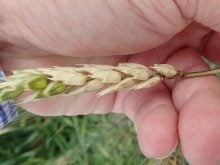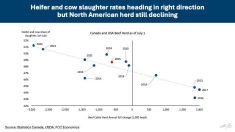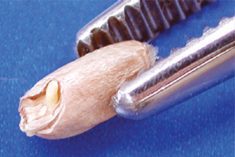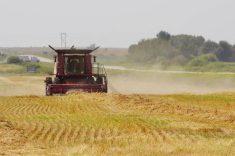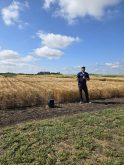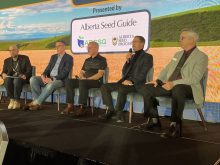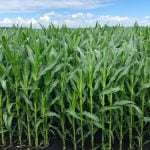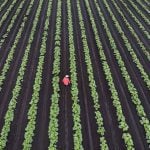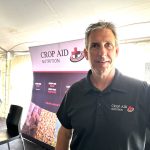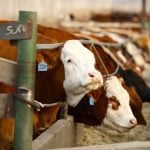A British Columbia company has got a bit of breathing room in its efforts to promote forage wheats, but it’s not necessarily setting a precedent.
Premier Pacific Seeds successfully argued its case to gain a limited interim registration for four U.S. soft winter wheat cultivars (Yamhill, Madsen, Kaseberg and Brudage) were better suited than any available Canadian varieties for conditions in that province. They are to be harvested green as high-quality dairy feed.
Why it matters: Producers experimenting with green manures, relay cropping, or novel livestock feed strategies might be looking past the seed head for their varieties.
Read Also
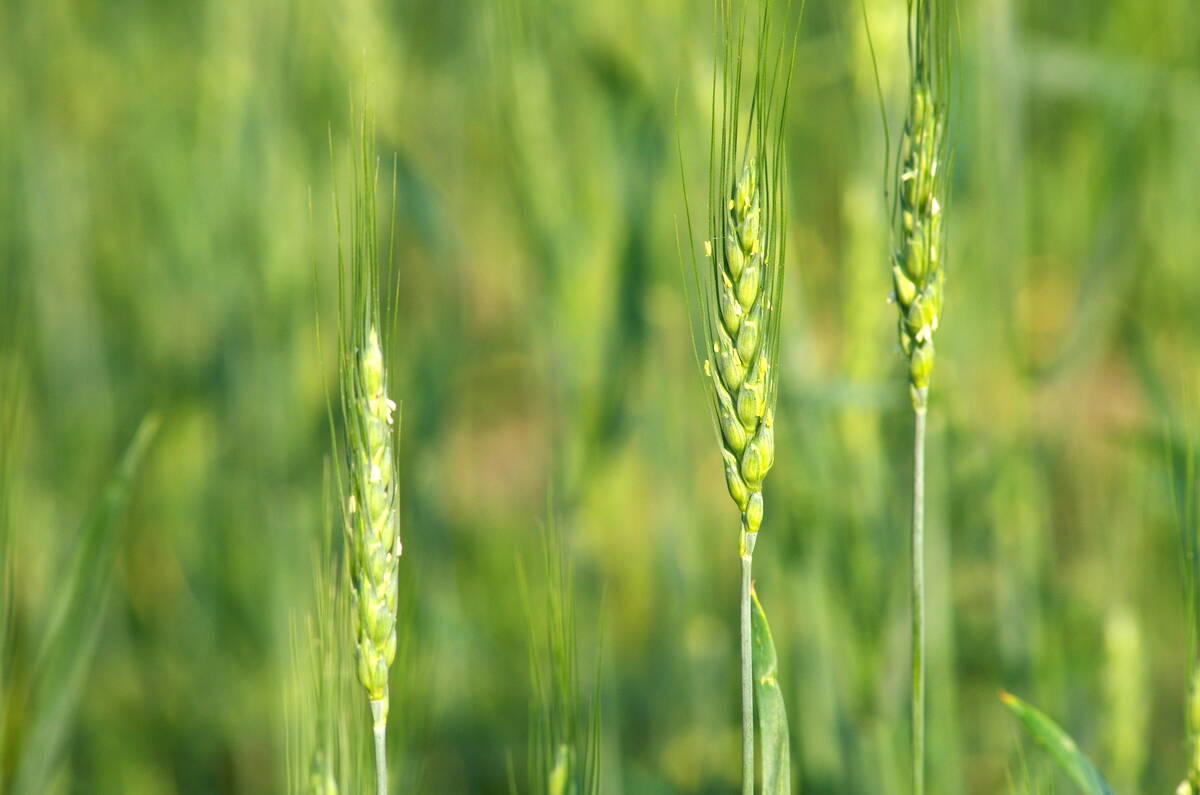
Code cracked on nitrogen-fixing wheat?
U.S. crop breeders have created a wheat variety capable of fixing its own nitrogen rather than relying on fertilizer.
Annette Roy said her business has been importing the U.S. varieties because they are “more tolerant of wet feet” and offer better rust resistance in the high-rainfall conditions of the Fraser Valley.
“I have very little confidence that I can find a Canadian variety that’s going to be a fit for us,” she said. “Our climates are so different.”
She also said their lack of winter hardiness made it unlikely they would successfully pass the normal trial system of the Prairie Recommending Committee for Wheat, Rye and Triticale (PRCWRT).
Jamie Larsen, chair of the PRCWRT, says they will develop new trials for forage wheat, following the successful bid for interim registration.
“There will have to be grain data generated from that, but the hope is that will also generate some forage data and supplementary data to say, yes, these lines yield enough grain, but here’s the forage data and that’s the benefit,” he said.
The recommending committee voted in favour of the interim registration, limited to areas in the Fraser Valley, Vancouver Island and Metro Vancouver region.
The seed grower now has three years to collect data and make a bid for full registration.
The committee’s decision may have few ripples outside of the restricted region, even if others did want to put forward a line that prioritized forage quality over grain.
There has been little interest in creating a separate market class for forage wheat, Larsen said, something he says would require changes to the Seeds Act.
He argued that grain data would still have significant impact on the viability of a variety from a seed perspective, even if that variety were slated for feed.
“I would prefer it come through this (process),” he said. “That way there’s a level of scrutiny on it. There are opportunities, if you do have a forage wheat class, that something’s registered as forage, that some of that grain could potentially make it into the grain market and there could be risk.”




